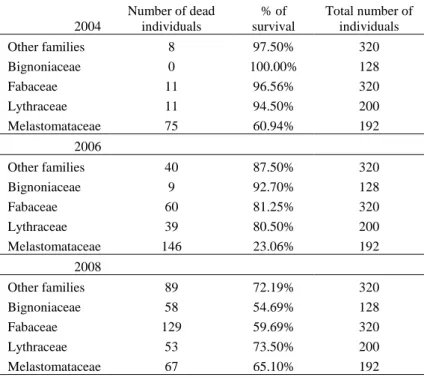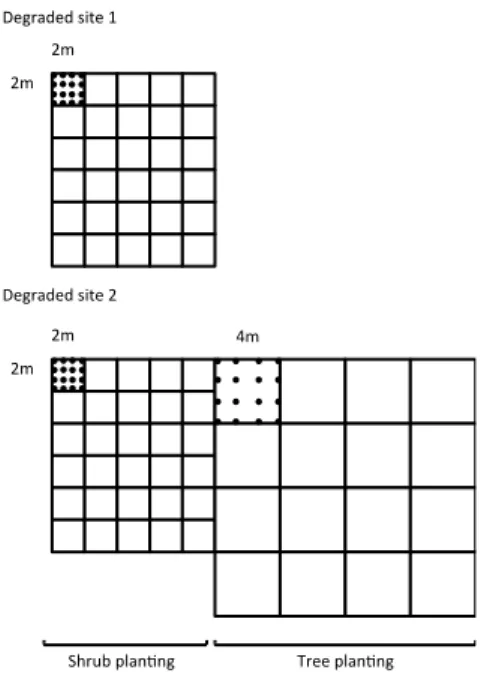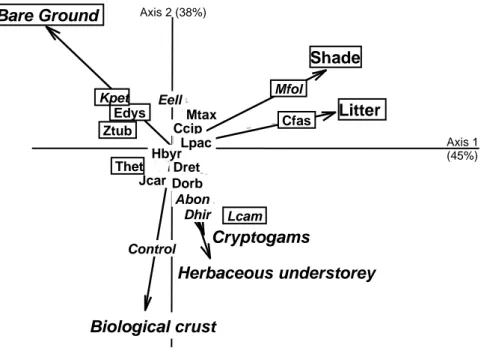The role of native woody species in the restoration of Campos Rupestres in quarries
Texte intégral
Figure




Documents relatifs
Ecological drivers were indicated by the following variables: (i) logging type, (ii) recovery time after logging, (iii) annual temperature (°C), (iv) annual precipitation (mm/yr),
Higher recovery ratios were observed in central, northeast and southwest China, with lower recovery ratios seen in east, south and northwest China, and the recovery in central
Abstract Invariant pairs have been proposed as a numerically robust means to represent and compute several eigenvalues along with the corresponding (general- ized) eigenvectors
The most prevalent methods of suicide in children and adolescents 0–19 years were hanging, jumping from heights and railway-suicides (both genders), intoxication (females) and
We present here an in-depth analysis of particle levitation stability and the role of the radial and axial forces exerted on fixed spherical and ellipsoidal particles levitated in
The tendency of increasing caffeic acid content in the samples treated with higher doses of selenium was observed only for kohlrabi sprouts ( Fig.. Thus, selenium
Figure 2: Results from experimental plots showing relationship between aboveground biomass (filled circle and solid line) and number of surviving plants (open circle and dashed line)
Accordingly, the aims of the current study were to: (1) analyse the patterns of plant species cover and diversity distribution in beech forests in relation to stand and landscape

